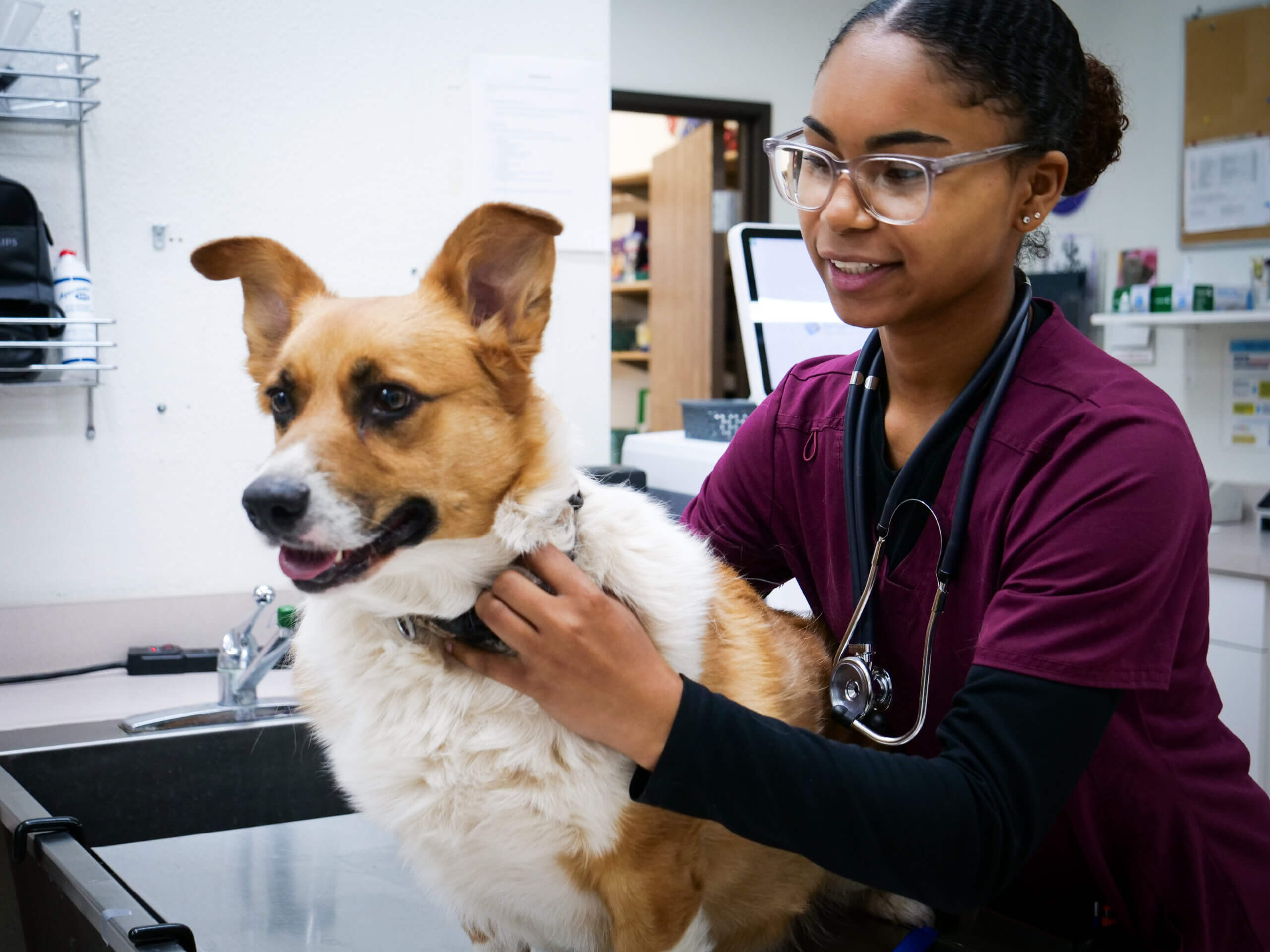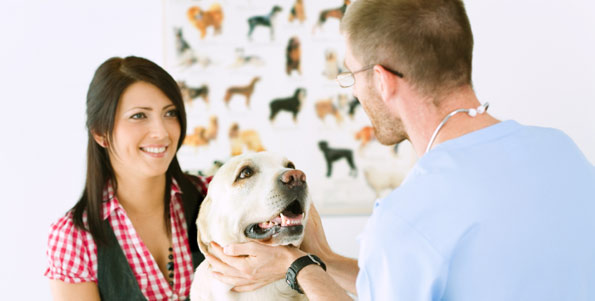Everything About Vet Surgical Procedure: Comprehending the Importance of Specialist Take Care Of Your Pet dogs
Vet surgical procedure is a critical element of pet dog healthcare. It includes different treatments, from regular optional surgical treatments to immediate treatments. Comprehending the ins and outs of these surgical procedures can assist animal owners make educated decisions. The preparation, implementation, and healing phases are important for making sure the well-being of pets. With appropriate knowledge, proprietors can navigate the complexities of vet care. What aspects should be taken into consideration before a pet goes through surgical treatment?
Types of Vet Surgeries
When an animal needs medical intervention, comprehending the numerous types of veterinarian surgical treatments can assist pet proprietors make educated decisions. Veterinary surgical treatments can be broadly categorized into 3 main kinds: optional, urgent, and emergency situation surgical procedures. Elective surgical procedures, such as spaying or neutering, are intended procedures that are not promptly life-threatening. Urgent surgeries, like those for international body elimination, need to be performed soon but are not serious in the minute. Emergency surgical treatments, such as those attending to serious trauma or interior bleeding, are important and call for prompt attention.Additionally, surgical treatments can vary in intricacy, ranging from minimally intrusive laparoscopic procedures to extra considerable open surgeries. Each kind of surgical treatment carries its very own dangers and healing procedures. Comprehending these classifications enables animal owners to participate in purposeful conversations with veterinarians, causing much better end results for their cherished pets.
Getting ready for Your Pet dog's Surgical treatment
Planning for an animal's surgery entails a comprehensive checklist to guarantee all fundamentals are covered. Efficient communication with the veterinarian is essential for comprehending the procedure and any kind of essential pre-operative actions - emergency vet bellingham. Additionally, having clear post-operative care instructions will certainly assist owners supply the very best support for their recovering pets
Pre-Surgery Checklist Basics
Guaranteeing a smooth surgical experience for a pet dog calls for cautious preparation and attention to information. A pre-surgery checklist is essential for pet dog owners to follow. Validating the scheduled surgical treatment day and time is vital. Proprietors should likewise verify that their pet dog has actually not eaten according to the vet's directions, commonly for 8-12 hours before surgical treatment. Gathering necessary medical documents, including vaccination history, is essential for the veterinarian's testimonial. It is also a good idea to prepare a comfy area at home for the pet's recovery after surgery. Owners must have a plan for transportation to and from the veterinary facility, making sure that the pet dog is protected and comfy throughout the trip. Following these actions can significantly enhance the medical experience.
Interacting With Your Veterinarian

Reliable interaction with the vet is essential for an effective surgical experience for pets. Proprietors must be prepared to discuss their family pet's case history, consisting of any kind of pre-existing conditions, medications, and allergic reactions. This info aids the vet examine dangers and tailor the medical plan as necessary. Furthermore, pet owners should ask concerns regarding the treatment, anesthetic, and anticipated results to ensure they completely recognize the procedure. Making clear any type of uncertainties can ease stress and anxiety for both the family pet and the proprietor. It is likewise important to communicate any behavior modifications or issues observed in the family pet leading up to the surgical procedure. Ultimately, clear discussion fosters depend on and collaboration, guaranteeing that animals get the very best possible care throughout their surgical journey.
Post-Operative Treatment Instructions
After discussing the procedure with the veterinarian, pet dog owners ought to focus on post-operative treatment guidelines to assist in a smooth recovery for their family pets. These instructions usually include keeping an eye on the surgical site for indicators of infection, such as soreness or discharge. Pet dogs may need to be kept tranquil and restricted to stop too much activity that might disrupt healing. Pain monitoring is vital, so proprietors ought to comply with the vet's assistance on providing medications. Furthermore, dietary constraints may be suggested to avoid intestinal upset. Regular follow-up visits are essential to ensure correct recovery and deal with any problems. By adhering to these post-operative treatment guidelines, animal proprietors can substantially add to their pet's healing and general well-being.
The Surgical Refine Explained
The surgery for pets includes vital steps that guarantee their safety and security and healing. Pre-surgery prep work are crucial for minimizing threats, while post-operative treatment standards play a crucial function in advertising healing. Comprehending these components helps pet dog proprietors navigate the surgical experience much more effectively.
Pre-Surgery Preparations
Before a pet undergoes surgical procedure, several crucial prep work should occur to ensure a safe and successful treatment. A thorough vet assessment is crucial to examine the family pet's total wellness and determine any type of prospective risks. This might include blood tests, imaging, or other diagnostics. The vet will certainly likewise talk about anesthesia choices customized to the family pet's details requirements. In addition, pet dog proprietors are normally advised to hold back food and water for a defined time before surgical treatment to decrease the danger of problems throughout anesthesia. It's important for owners to offer a full clinical history, consisting of any kind of drugs or allergies, guaranteeing the surgical team has all needed information. Correct interaction and adherence to pre-surgery guidelines can significantly improve the result of the treatment.
Post-Operative Care Standards
Proper post-operative care is crucial for ensuring a pet's recuperation adhering to surgery. After the procedure, animals must be checked very closely for any kind of indications of issues, such as too check here much bleeding, swelling, or unusual actions. It is very important to follow the veterinarian's directions pertaining to medicines, including painkiller and prescription antibiotics. Pets should be maintained in a quiet, comfy environment to decrease stress and promote recovery. Limiting task is essential; short, leashed strolls may be required, yet jumping or running must be prevented. Normal follow-up consultations ought to be scheduled to assess the healing procedure. Furthermore, the medical website should be kept clean and dry, with any type of indicators of infection reported to a vet promptly. Complying with these guidelines boosts recovery results.
Anesthetic and Pain Monitoring
Efficient anesthetic and discomfort management are essential parts of veterinary surgical treatment, making certain that animals stay comfy and secure throughout the treatment. Veterinarians examine each family pet's individual demands, thinking about variables such as age, weight, wellness standing, and the kind of surgery being performed.Anesthesia methods typically consist of a combination of pre-anesthetic medicines, induction representatives, and inhalant anesthetics, enabling exact control over the pet's degree of awareness. Monitoring throughout surgical procedure is essential; vets continuously observe essential signs to deal with any type of possible complications promptly.Pain administration approaches may entail opioids, non-steroidal anti-inflammatory drugs (NSAIDs), and anesthetics, customized to the pet dog's certain situation. This multifaceted method aids minimize discomfort and promotes a smoother surgical experience. By focusing on efficient anesthesia and pain management, vet professionals enhance the general welfare of animals going through operations, guaranteeing they receive the greatest requirement of care.
Post-Operative Care and Recuperation
Adhering to surgery, the focus shifts to post-operative treatment and healing, which is necessary for ensuring a pet dog's safe return to typical activities. Throughout this duration, pets require a peaceful, comfortable setting to aid recovery. Proprietors need to closely monitor their animals for any indications of pain or unusual behavior.Veterinary guidelines frequently consist of certain instructions connected to medicine management, wound care, and nutritional changes. It is vital to comply with these suggestions to lessen difficulties and promote recovery. Pet dogs might require to be limited from vigorous tasks, such as running or jumping, throughout their recovery period (emergency vet).Regular follow-up consultations with the vet permit for tracking of the pet dog's progression and prompt adjustments to the treatment plan. Providing emotional assistance and companionship can also enhance a family pet's recovery experience, aiding to minimize tension and stress and anxiety. In general, persistent post-operative treatment plays a substantial function in achieving a successful recovery
Identifying Complications After Surgery
Just how can animal proprietors identify issues after surgical treatment? Recognition of specific indications is crucial for ensuring the well-being of pet dogs during healing. Common indications consist of extreme swelling, inflammation, or discharge at the surgical site, which may indicate infection. In addition, relentless discomfort, suggested by yawping or unwillingness to move, need to motivate immediate attention. Changes in hunger or water intake can additionally show problems; a decrease in these behaviors might indicate discomfort or distress.Moreover, family pet owners must monitor their pet dogs for any uncommon actions, such as lethargy or problem breathing, as these can be signs of severe issues. Vomiting or looseness of the bowels complying with surgical procedure may call for urgent vet examination. Acknowledging these difficulties early can significantly affect a pet's recovery procedure, stressing the importance of caution and punctual communication with a vet for any concerning signs and symptoms.
The Role of Veterinary Professionals in Surgical Treatment
Vet experts play a crucial role in ensuring the safety and success of surgeries for animals, particularly complying with surgical treatment when monitoring and care are extremely important. These professionals consist of veterinarians, vet technicians, and support staff, all of whom add specialized skills to the surgical process.Before surgical treatment, veterinarians perform thorough analyses to assess the pet dog's wellness, guaranteeing that any type of underlying conditions are taken care of. During the treatment, the surgical team provides anesthetic, preserves sterilized atmospheres, and checks essential signs, very important for reducing risks.Post-operative care is equally considerable; vet specialists observe for problems, take care of discomfort, and guide proprietors on healing techniques. Their proficiency enables them to recognize very early indications of distress or infection, ensuring timely intervention. Ultimately, the collective initiatives of vet specialists in medical care promote a risk-free atmosphere, advertising the well-being of animals throughout the medical trip.

Frequently Asked Concerns
Exactly how Do I Select the Right Veterinary Doctor for My Animal?
Selecting the appropriate vet cosmetic surgeon involves researching certifications, reviewing reviews, and reviewing the clinic's atmosphere. It is essential to review the doctor's experience with particular treatments and their interaction design when deciding.
What Prevail Misconceptions About Veterinarian Surgeries?
Typical false impressions about vet surgical treatments include ideas that they are constantly high-risk, unneeded, or for emergencies. Several pet dog proprietors ignore the advantages of preventative procedures and the ability associated with vet surgical treatment.
Just How Much Will My Pet dog's Surgical treatment Cost?
The expense of a family pet's surgery can vary significantly based upon aspects such as the kind of treatment, the vet's experience, and geographical location (canine tplo surgery). Normally, expenses range from a couple of hundred to a number of thousand dollars

Can My Pet Dog Eat Before Surgery?
Before surgical treatment, it is normally advised that pet dogs abstain from consuming for a details period. This fasting assists minimize the risk of complications during anesthetic. Proprietors should consult their veterinarian for specific instructions tailored to their animal's requirements.
What happens if My Pet Has Pre-Existing Wellness Issues?
When a pet has pre-existing health conditions, it's vital for the vet to analyze these factors prior to surgical treatment. This assessment guarantees suitable preventative measures are taken, decreasing threats and maximizing the animal's general security during the procedure.